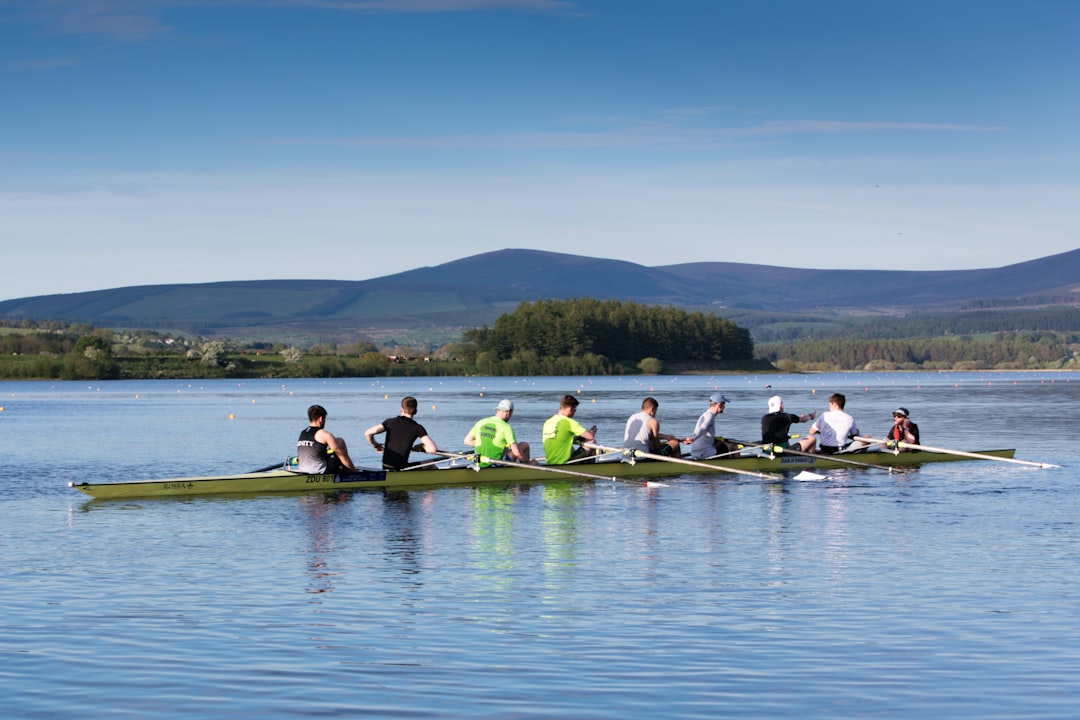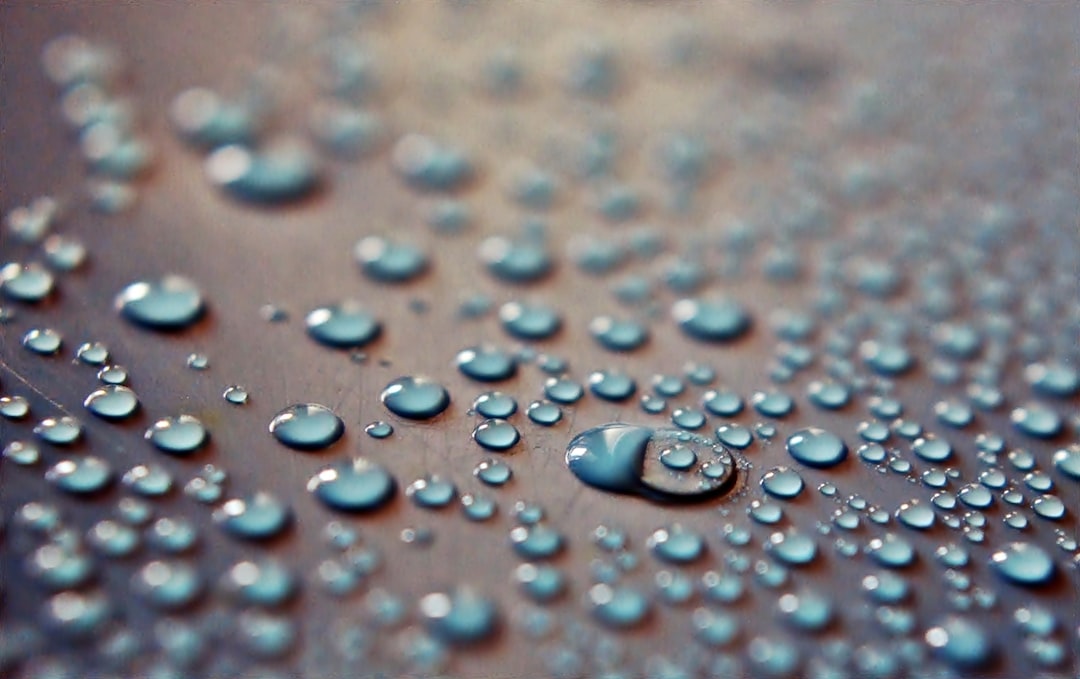What is it about?
Many commonly used machine learning approaches in bioinformatics derive meaningful features from complex data, but obscure the contribution of individual elements. Here we explore feature learning approaches that retain this information using the Allen Mouse Brain Atlas. We find methods that impose "sparsity" on their outputs can effectively detect features, filter signal from noise, and return a highly compressed list of genes that effectively describe neuroanatomy.
Featured Image

Photo by Milad Fakurian on Unsplash
Why is it important?
Spatial transcriptomics is a nascent field, with a need for specialized approaches. The Allen Mouse Atlas remains the most comprehensive and well-annotated spatial transcriptomic dataset available, offering an ideal platform for benchmarking studies. Oddly, methods that have proven highly effective for classic transcriptomic data do not perform well on the Allen atlas, leaving an unmet need for a means to derive meaningful features.
Perspectives
This work arose from a need within our research program to derive short lists of maximally informative genes from large datasets for spatial transcriptomics. We found that the available workflows relied on a post hoc approach to finding genes that required knowing at least some specific markers a priori. We asked if less tautological features within the data could indicate biological relevance. The Allen Mouse Brain Atlas was a necessary benchmarking dataset because effective groupings were determined by anatomical similarity, allowing for clear metrics of success. With this groundwork established, we can now build effective gene lists for spatial transcriptomics based on data with less well established ground truth.
Benjamin Bartelle Bartelle
Arizona State University
Read the Original
This page is a summary of: Sparse representation learning derives biological features with explicit gene weights from the Allen Mouse Brain Atlas, PLoS ONE, March 2023, PLOS,
DOI: 10.1371/journal.pone.0282171.
You can read the full text:
Resources
Contributors
The following have contributed to this page










